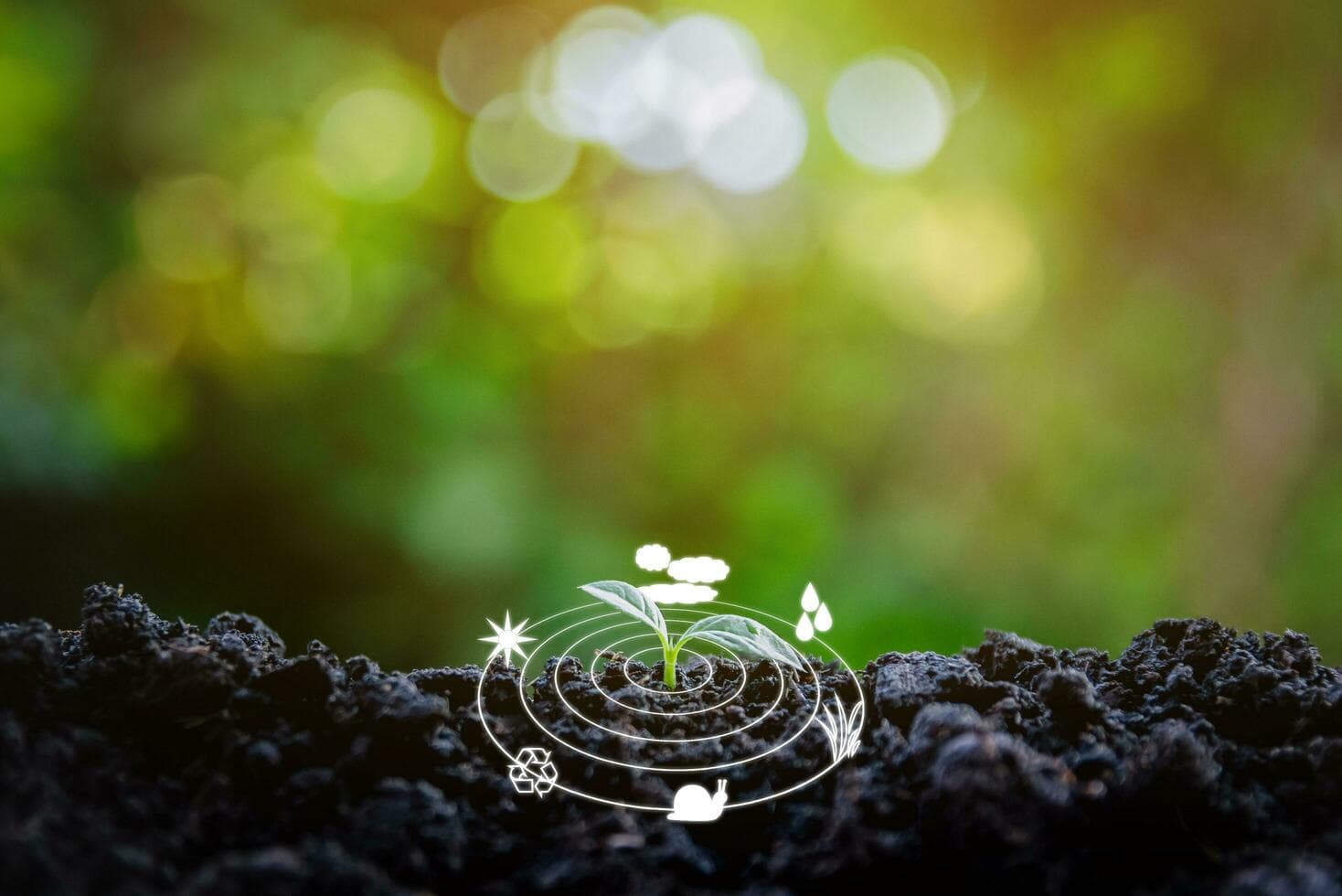
The Power of Art in Environmental Conservation
Art has always been a powerful medium for communication, capable of transcending language barriers and touching hearts in ways that statistics and reports often cannot. In the realm of environmental conservation, artistic expression has emerged as a vital tool for raising awareness, inspiring action, and fostering a deeper connection between humanity and nature.
The Visual Language of Environmental Change
When we look at the current state of our planet, the challenges can seem overwhelming. Climate change, deforestation, pollution, and biodiversity loss are complex issues that require urgent attention. However, traditional approaches to environmental education often rely heavily on data and scientific reports that, while crucial, may not resonate emotionally with the general public.
This is where art steps in as a bridge between scientific knowledge and human emotion. Through paintings, sculptures, installations, and digital media, artists can make abstract concepts tangible and personal. A painting of a melting glacier can convey the urgency of climate change more powerfully than temperature charts. A sculpture made from ocean plastic can make the issue of marine pollution viscerally real.
Nature Peinture's Artistic Approach
At Nature Peinture, we believe that every brushstroke can be an act of conservation. Our artists work directly with environmental scientists and conservationists to ensure that their work is not only aesthetically powerful but also scientifically accurate. This collaboration results in art that educates while it inspires.
Our recent exhibition, "Vanishing Landscapes," featured paintings of ecosystems under threat. Each piece was accompanied by information about conservation efforts in those areas, creating a direct link between artistic appreciation and environmental action. Visitors didn't just admire the beauty of these landscapes; they learned how to protect them.
Community Engagement Through Art
One of the most powerful aspects of art is its ability to bring communities together. Our workshops and public art projects create spaces where people can engage with environmental issues in a hands-on, creative way. When participants paint a mural depicting local wildlife, they develop a personal connection to those species and their habitats.
These community projects often become catalysts for broader environmental initiatives. A neighborhood that comes together to create art about local water quality might then organize to address pollution sources. Art becomes the starting point for environmental activism.
The Digital Revolution in Environmental Art
Technology has opened new frontiers for environmental art. Virtual reality experiences can transport viewers to threatened ecosystems, allowing them to witness environmental destruction or restoration firsthand. Interactive installations can demonstrate the impact of individual choices on global systems.
Social media platforms have also democratized environmental art, allowing artists to reach global audiences instantly. A powerful image or video can go viral, spreading environmental messages far beyond traditional gallery walls.
Measuring Impact
The impact of art on environmental conservation can be measured in various ways. We track engagement metrics for our digital content, attendance at our exhibitions, and participation in our workshops. More importantly, we monitor the conservation actions that result from our programs.
For example, our "Plastic Ocean" installation led to a 40% increase in local beach cleanup volunteers. Our "Urban Forest" mural project resulted in the planting of 500 new trees in the surrounding neighborhood. These tangible outcomes demonstrate that art can indeed drive environmental action.
The Future of Environmental Art
As we look to the future, the role of art in environmental conservation will only grow more important. Climate change and environmental degradation are accelerating, and we need every tool at our disposal to inspire the massive changes required.
Emerging technologies like augmented reality, artificial intelligence, and biotechnology are opening new possibilities for environmental art. Imagine interactive installations that respond to real-time environmental data, or bio-art that uses living organisms to demonstrate ecological principles.
How You Can Get Involved
You don't need to be a professional artist to participate in environmental art. Here are some ways you can get involved:
- Attend local environmental art exhibitions and events
- Participate in community art projects focused on environmental themes
- Share environmental art on social media to amplify its reach
- Support environmental artists and organizations like Nature Peinture
- Create your own environmental art, whether it's photography, painting, or digital media
Conclusion
Art has the unique ability to make the invisible visible, to make the abstract concrete, and to make the distant personal. In the fight for environmental conservation, these qualities are invaluable. Through art, we can help people see the beauty worth protecting, understand the urgency of environmental challenges, and feel empowered to take action.
At Nature Peinture, we're committed to continuing this vital work. Every piece of art we create, every workshop we conduct, and every exhibition we organize is a step toward a more sustainable and beautiful world. We invite you to join us in this mission, whether as an artist, a supporter, or simply as someone who believes in the power of creativity to change the world.
Join Our Mission
Ready to make a difference through art and environmental conservation? Join our community of artists, activists, and nature lovers.